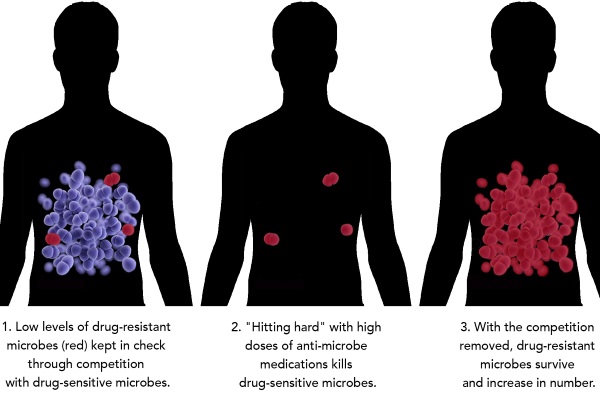Combating drug resistance
January 28, 2016
Share
A new model developed by Queen’s University researcher Troy Day has shown that the standard practice of treating infections with the highest tolerable dose of anti-microbe medications may not be the best practice for preventing the evolution of drug resistance.

The new research reveals the optimal approach to combatting the evolution of drug resistance is either to use the highest dose that is safe or the lowest dose that is effective.
“The model suggests that the best practice will either be to use the highest tolerable dose or the lowest effective dose of a drug,” says Dr. Day (Mathematics, Biology). “It’s should always be one of those two, but you can’t just toss a coin to determine which. Determining the best approach for a given infectious agent will need to be done on a case-by-case basis in clinical trials. By definition, both choices will make the patient better in the short term, but we don’t know ahead of time which course of action will be best for preventing the evolution of resistance.”
Working with colleague Andrew Read (Penn State University), the research duo developed a very general mathematical model that quantifies the two main forces at work in the evolution of drug resistance in disease-causing microbes. The first evolutionary force they considered is how often drug resistance arises in the microbes through genetic mutation. The second force is the ability of microbes carrying those mutations to survive and increase in number.
“There are microbes like HIV where, if you can kill everything by hitting it hard with a cocktail of medications, you should do it," says Dr. Day. “Killing all of the infecting microbes obviously stops any further evolution of drug resistance. Unfortunately, we can’t do this in every case. And in cases where we can’t, then using the lowest effective dose is the best strategy to prevent resistance.”
The research was published in PLOS Computational Biology.